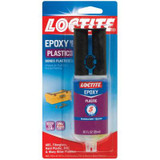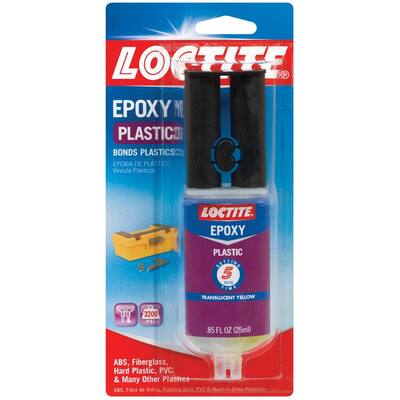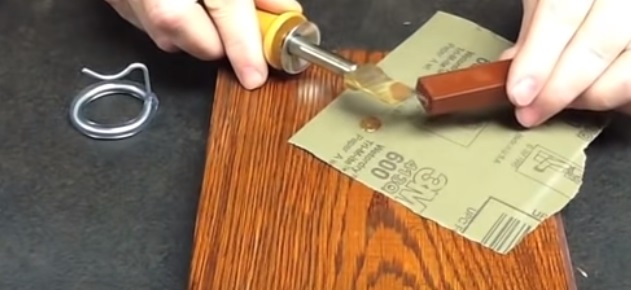How To Pick The Right Wood Filler

We’ve talked at length about what you can expect from hardwood floors. A big part of its appeal comes from variations that provide such a unique look. Occasionally, though, you can run across natural characteristics like voids or knotholes that present an uneven surface.
This doesn’t mean the piece of wood is bad! Remember, hardwood is a natural material, and just like no two trees are identical, neither is the wood they produce. Surface characteristics are more prevalent in Cabin Grade hardwoods; they’re part of its rustic charm. So, how to even up your surface and maintain the aesthetic you love? Easy! Fill it in. This is a great project with options for DIY novices and gurus alike. All it takes is a few inexpensive household items and a little bit of elbow grease!
It’s important to note here that your repair procedure will be a little different for prefinished wood rather than an unfinished piece. Part of the appeal of prefinished floors is that they don’t need to be sanded after installation, so why would you break out the electric sander and risk damaging a whole plank after filling in a tiny imperfection? You wouldn’t! Be sure to always do your research and check your manufacturer’s specifications prior to choosing a wood filler.
What Types of Fillers Are Available?
Epoxy
Available at your local hardware store, epoxy is a nice choice because it’s clear and will retain the knot’s look. Epoxy normally comes in two parts that will need to be mixed prior to use. Since it’s not water-based, epoxy is much less susceptible to temperature fluctuations and moisture changes than other options. It bonds nicely to wood and won’t expand or contract.

Latex Filler
If you’re looking to cover your knothole rather than just even the surface, latex filler might be a good choice for you. Available in a variety of colors, latex filler can be matched to your floor. It’s important to note that latex filler won’t always accept a stain, so make sure it matches your finished floor color before you apply it!

Burn-In Sticks
Burn?! Yes, you read that right. The words ‘burn’ and ‘hardwood’ are normally kept far, far away from each other, and in this case burn is a little bit of a misnomer. The sticks in question are made of shellac, resin, or lacquer, and are melted- not burned!- with a heated burn-in knife.

Novice DIY-ers may not be as comfortable with this option due to the use of heated tools and the need for more materials to prevent the burn-in knife from damaging the existing hardwood. Burn-in sticks provide more accurate color and sheen matching than latex fillers, but they’re also less durable. If you opt for burn-in sticks, use them for shallow scratches and small holes only, as they’re not suitable for deeper voids.
Do you have questions about the right wood filler for you? Our flooring experts are standing by! Call 1-800-804-5251 or click on FloorsToYourHome.com now to chat with a professional.
- - - - Meredith is a content writer at Floors To Your Home. Away from the office she's a published author, hockey fan, music lover, and mom to a vampire-fanged rescue cat.
Follow Team Floors To Your Home on Pinterest

Follow Team Floors To Your Home on Facebook

 Brown Tone
Brown Tone
 Unfinished
Unfinished
 Red Tone
Red Tone
 Golden Tone
Golden Tone
 Gray Tone
Gray Tone
 Light Tone
Light Tone
 Medium Tone
Medium Tone
 Dark Tone
Dark Tone
 Brown Tone
Brown Tone
 Red Tone
Red Tone
 Golden Tone
Golden Tone
 Gray Tone
Gray Tone
 Light Tone
Light Tone
 Medium Tone
Medium Tone
 Dark Tone
Dark Tone
 Brown Tone
Brown Tone
 Red Tone
Red Tone
 Golden Tone
Golden Tone
 Gray Tone
Gray Tone
 Light Tone
Light Tone
 Medium Tone
Medium Tone
 Dark Tone
Dark Tone
 Multi Color
Multi Color
